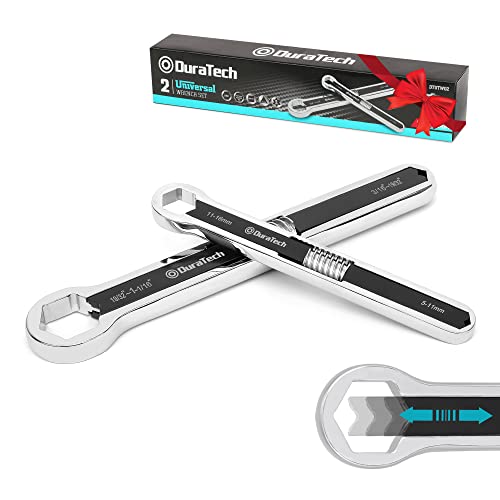Trackday Bike Buying Advice
Most track bikes start life as road bikes and if you?re looking for a bike purely for track use, there?s no shortage of road bikes which have been converted. When buying a second-hand track bike I would advise proceeding with caution and know exactly what you are buying. I say this as about five years ago there was a huge problem of stolen bikes and parts being used in club racing. The situation has improved significantly in recent years as clubs like BMCRC have acted, but there still quite a few out there. If a bike was originally registered for the road then it should have a V5C present. If it?s always been a race bike then get the bill of sale, invoice or paperwork that shows it was purchased legally. If a V5C isn't present then get the bike checked out using both the frame and engine numbers before buying and research it's history.
Be aware that quite a few track bikes are insurance write-offs. This means they?ve been in an accident (or theft) and were considered not economically viable to repair afterwards. Some may make very good track bikes, others should be avoided at all costs. So it is imperative that you check which insurance category it was deemed to be and completely avoid Cat A and Cat B bikes.
A common area of concern is if the bike comes with spare engines or frames. Ensure that you see documentation for them and know exactly where they came from. Most blank frames are generally only found in BSB as they have been delivered directly from the factory to the race team. If the bike seems to have altered or missing frame numbers and/or engine numbers then walk away. Even if there is a legitimate reason do you really want to take the risk?
The other option is to buy a good, quality road bike and convert it yourself. This is the more expensive option but the process is quite rewarding and makes sense if you intend on keeping the bike in the long term and will use it frequently. When I used to race, all my bikes were purchased as brand new bikes and then converted. I do exactly the same for my trackday bikes.
Make sure that you check for crash damage. Race and track bikes are crashed. FACT. However there is a significant difference between a couple of slow lowsides when compared to launching a bike into oblivion down Craner Curves or around Coram. Expect to see some damage but make sure it's not too excessive. Also track bikes are subjected to multiple tyre changes so do not expect the wheels to be in pristine condition. Make sure that you request the seller removes all race fairings when viewing to check everything is ok underneath and for any signs of a damaged or straightened frame. This is not an onerous request as face fairings and seat units are designed to be quick release.
If you are buying a bike that is described as a race, or ex-race bike, ask which championship it was used in. Ultimately you want one in which the championship regulations only permit stock engines to be used for trackday use. The reason for this is simple. If you buy a bike with a non-standard engine you are looking at significantly reduced service intervals which are normally quite expensive. That and if the reduced service intervals have been neglected you could be buying a bike with potential engine problems.
Finally, ask if the bike comes with any spares. An additional set of wheels is always useful so you can maximise the bike's use on track especially in the wet. Likewise check the condition of brake pads, discs, chain and sprockets and find out when the suspension was last serviced. Just make sure that you research the bike properly before you buy and, depending on your pace and ability, consider both 600cc and 1000cc as you may benefit more from a smaller capacity bike on track.






































